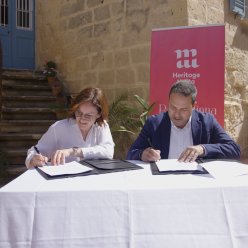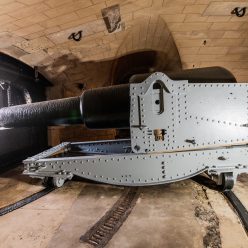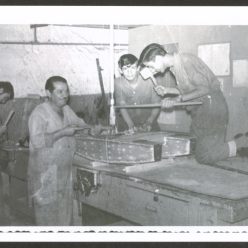
Below the elegant streets and tree-lined squares of the fortress capital of Valletta, another world exists. After decades of slumbering in the darkness, the subterranean labyrinth of passageways, cisterns, wells, sewers, and World War Two shelters dug into the bedrock will again resound with the tread of visitors each week.
 This time around, they won’t be fleeing, clattering to safety, away from the constant downpour of enemy bombs, but echoing gently instead, the pitter-patter of curious footsteps exploring the depths of Underground Valletta on tours organised by Heritage Malta.
This time around, they won’t be fleeing, clattering to safety, away from the constant downpour of enemy bombs, but echoing gently instead, the pitter-patter of curious footsteps exploring the depths of Underground Valletta on tours organised by Heritage Malta.
 The first stone of Valletta was laid in 1566, barely a year after the Great-Siege. Immediately construction began on the city built by ‘Gentleman for Gentlemen’. Most of the stone was quarried from Mount Sciberras itself, the hollowed-out cavities becoming the cellars, cesspits and wells for the houses built above. The Knights of St. John built Valletta with incredible foresight, planning for every contingency, and employing admirable engineering skills, as evidenced by the walkways below. These tunnels were dug and used for military purposes, to facilitate troop movements and as a means of escape.
The first stone of Valletta was laid in 1566, barely a year after the Great-Siege. Immediately construction began on the city built by ‘Gentleman for Gentlemen’. Most of the stone was quarried from Mount Sciberras itself, the hollowed-out cavities becoming the cellars, cesspits and wells for the houses built above. The Knights of St. John built Valletta with incredible foresight, planning for every contingency, and employing admirable engineering skills, as evidenced by the walkways below. These tunnels were dug and used for military purposes, to facilitate troop movements and as a means of escape.

An ingenious sewer system connected individual cesspits to the main sewer under each street via inclined conduits. Water was used for flushing drainage down through this avant-garde system of gravity-fed sewers into the sea. Spaces were also dug as silos to store grain and enormous cisterns that would ensure the city’s survival under siege.
 In 1723 Valletta had around 33 public reservoirs, 6 cisterns in Fort St Elmo and 1,637 private wells. During the British blockade in 1799, the French and Maltese locked away in Valletta had access to millions of gallons of water stored away in the city’s underground cisterns despite the main water supply being cut off from the aqueduct feeding the capital.
In 1723 Valletta had around 33 public reservoirs, 6 cisterns in Fort St Elmo and 1,637 private wells. During the British blockade in 1799, the French and Maltese locked away in Valletta had access to millions of gallons of water stored away in the city’s underground cisterns despite the main water supply being cut off from the aqueduct feeding the capital.

The Second World War saw 17,000 tonnes of bombs dropped over Malta. A renewed frenzy of building resulted in a dramatic expansion in the number of tunnels carved into the belly of the capital city. Over 38 000 souls sought shelter within the network of tunnels and cisterns, which helped shield the populace from certain death.

Night after night, the majority lay crammed and huddled together, deprived of decent sanitary facilities and sufficient food supplies, praying fervently that they would be spared another day. Those with money in their pockets could pay for the excavation of tiny, tile-laid cubicles branching off the main tunnels, affording some degree of privacy.

Life in these dark and damp quarters was tough, and disease was rife. The war-time shelters are a testament to the suffering and resilience of those who built and inhabited them.
 Valletta, a world heritage site, cannot be fully appreciated without experiencing what lies beneath it. A unique experience of defence and survival.
Valletta, a world heritage site, cannot be fully appreciated without experiencing what lies beneath it. A unique experience of defence and survival.
The entrance to Underground Valletta is in St John Square. Guided tours of the site are held every Monday, Wednesday and Sunday. More information may be found HERE.
Booking has now opened for 2022. To book tickets go HERE
By Warren Bugeja, Executive Communications, Heritage Malta
All photos by Ian Noel Pace
Watch the short Documentary (In Maltese with English Subtitles):
As featured in Newsbook, December 6th 2021
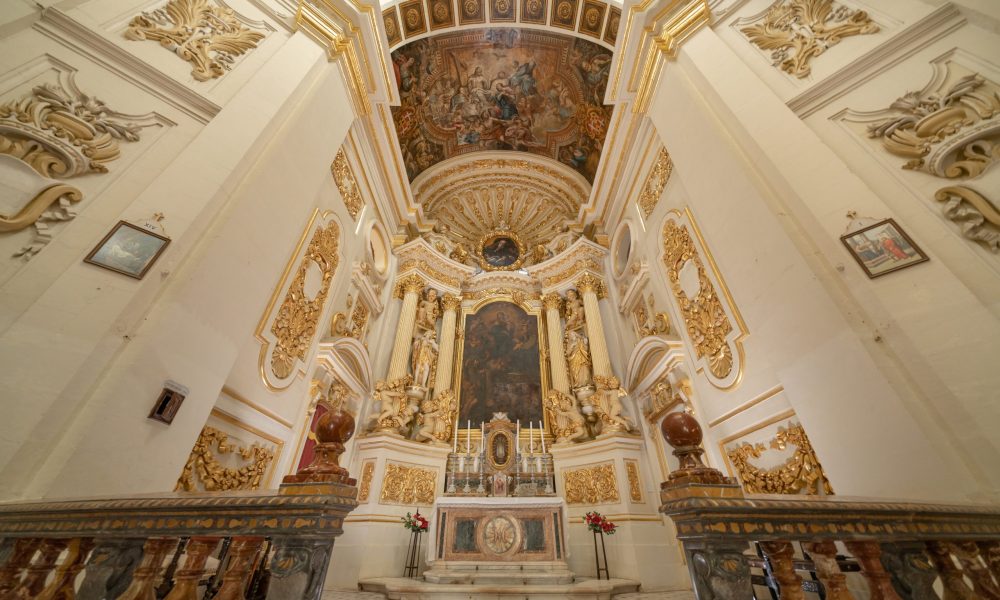
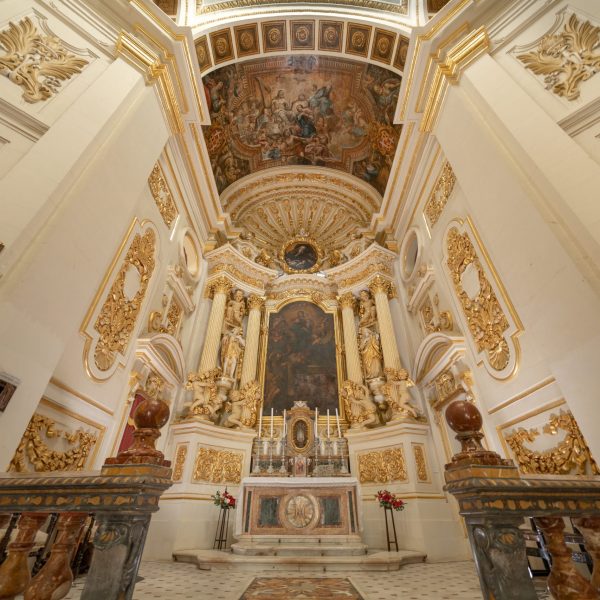
Up Next
News | 7th December 2021

